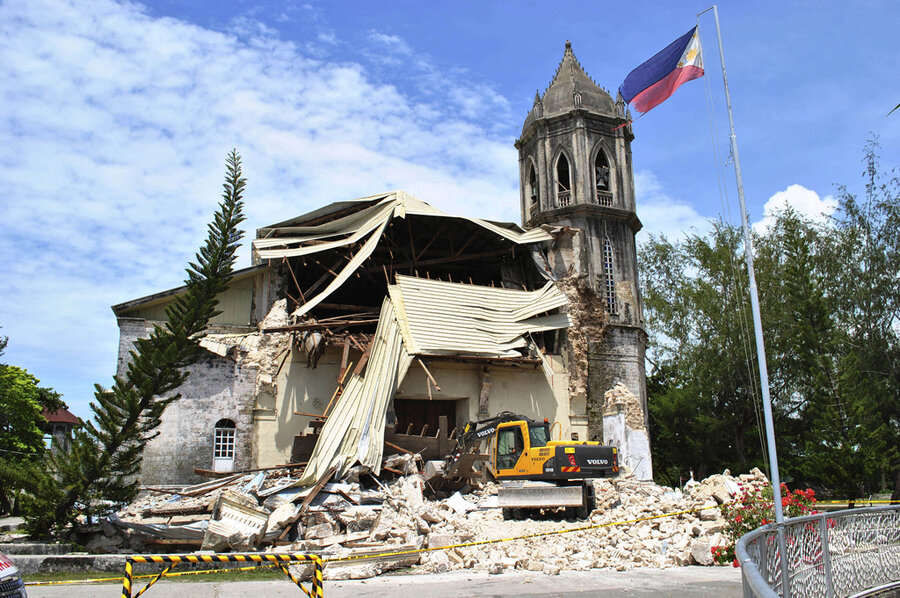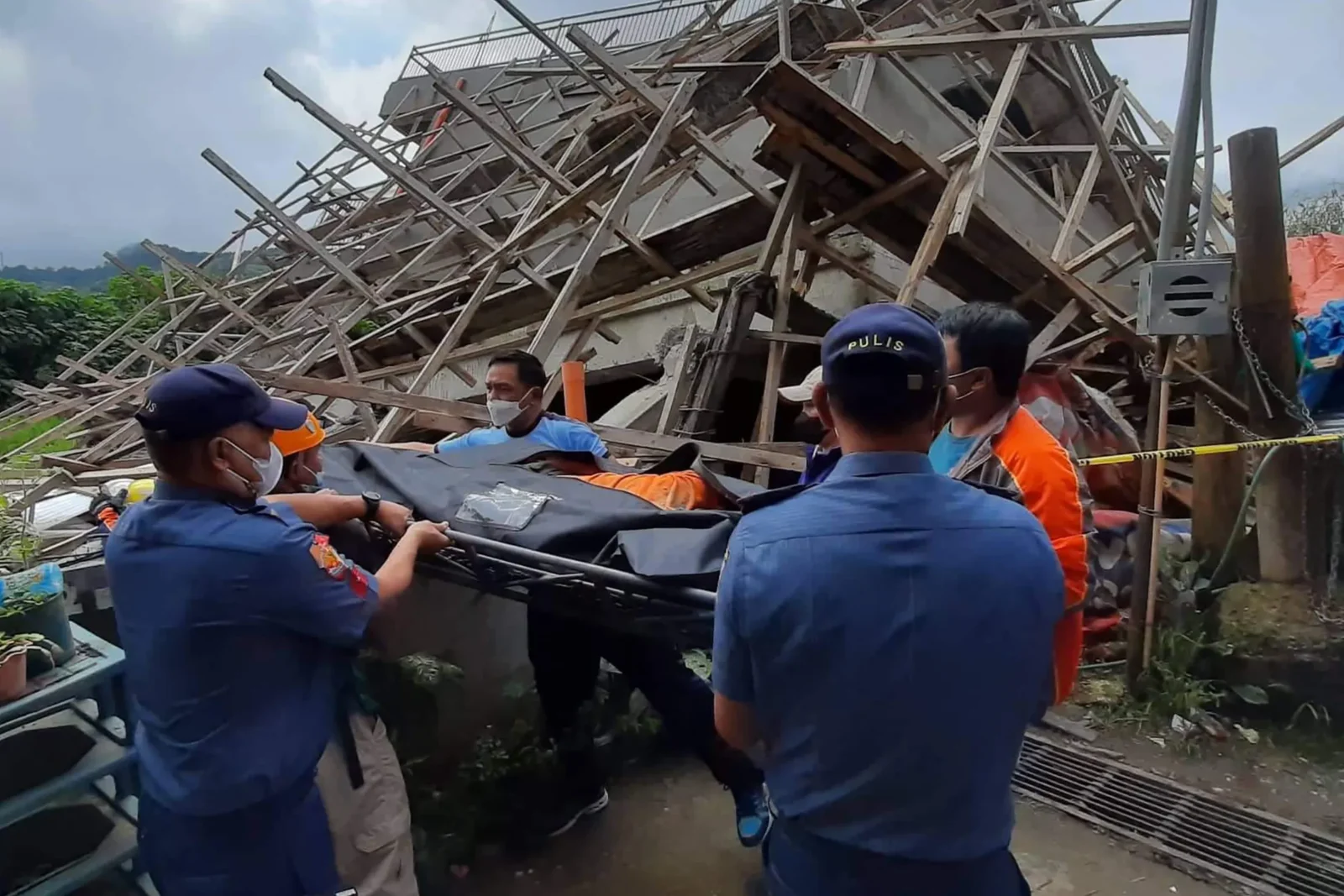MANILA- Philippines Oct 10- A massive earthquake struck the southern Philippines late Friday, killing at least one person, damaging buildings, and prompting tsunami warnings and mass evacuations across the Mindanao region. The quake, which measured 7.4 magnitude, sent tremors across coastal towns and cities, forcing thousands to flee to higher ground in fear of giant waves.
The Tremor That Shook Mindanao
According to preliminary reports, the epicentre was located off the coast of Davao Oriental province, near Manay town. The Philippine Institute of Volcanology and Seismology (PHIVOLCS) initially reported a 7.6 magnitude quake before revising it to 7.4, noting that the tremor struck at a relatively shallow depth — intensifying its destructive potential.

The earthquake hit at around 10:37 p.m. local time, and was followed by multiple aftershocks that rattled residents throughout the night.
“We ran out of our house as soon as the ground started shaking. The lights went out, and we could hear people screaming,” said a resident from Davao de Oro.
Initial assessments revealed one fatality — a man struck by falling debris — and several injuries across Davao Oriental and Davao de Oro provinces.Government buildings, schools, and homes sustained cracks, and some older structures partially collapsed. Electricity and mobile networks were temporarily disrupted in several coastal towns.
In Davao City, schools, government offices, and several malls suspended operations on Saturday morning to inspect structural integrity. Local authorities have warned residents to brace for aftershocks and avoid staying in damaged buildings.Following the quake, PHIVOLCS issued a tsunami warning, urging residents in coastal areas of Mindanao, the Davao region, and parts of eastern Visayas to evacuate immediately. Sirens blared through the night as families carrying children and belongings rushed uphill or inland.
The Pacific Tsunami Warning Center also monitored possible wave activity in nearby countries such as Indonesia and Palau. Later in the day, the warning was lifted after water levels stabilised, though authorities cautioned that minor sea level changes might still occur.
Drone footage from Davao Oriental showed crowds gathering in open fields, some lighting candles and praying as emergency teams worked through the night.
National Response
President Ferdinand Marcos Jr. has ordered the National Disaster Risk Reduction and Management Council (NDRRMC) to coordinate with local governments for immediate rescue and relief operations. The Philippine Army and Coast Guard have been mobilised to deliver food, water, and temporary shelters to evacuees.
“We are working closely with local leaders to ensure the safety of all citizens. Our focus is on rescue, medical aid, and rapid infrastructure assessment,” said a spokesperson from the Office of Civil Defense.
The Philippines sits along the Pacific Ring of Fire, one of the world’s most seismically active zones. Earthquakes and volcanic eruptions are frequent, with Mindanao often experiencing strong tremors due to its complex system of subduction zones and fault lines.
This quake follows another deadly tremor just days earlier in Cebu, which killed dozens and left hundreds homeless — a grim reminder of the country’s vulnerability to seismic disasters.
Disaster agencies are conducting damage assessments, and engineers have begun inspecting bridges and public facilities for safety. Relief goods are being distributed across Mindanao as local churches and schools open their doors to evacuees.
Experts warn that aftershocks could persist for several days, and residents are advised to stay alert, avoid coastal areas, and follow official advisories.
Editorial Note:
White Horse Daily continues to monitor the situation closely. Our correspondents are in touch with local officials and humanitarian agencies. More updates, visuals, and survivor stories will follow as relief and recovery efforts continue across the affected regions.
Filed by White Horse Daily Asia Pacific Bureau, October 10, 2025










Leave a comment